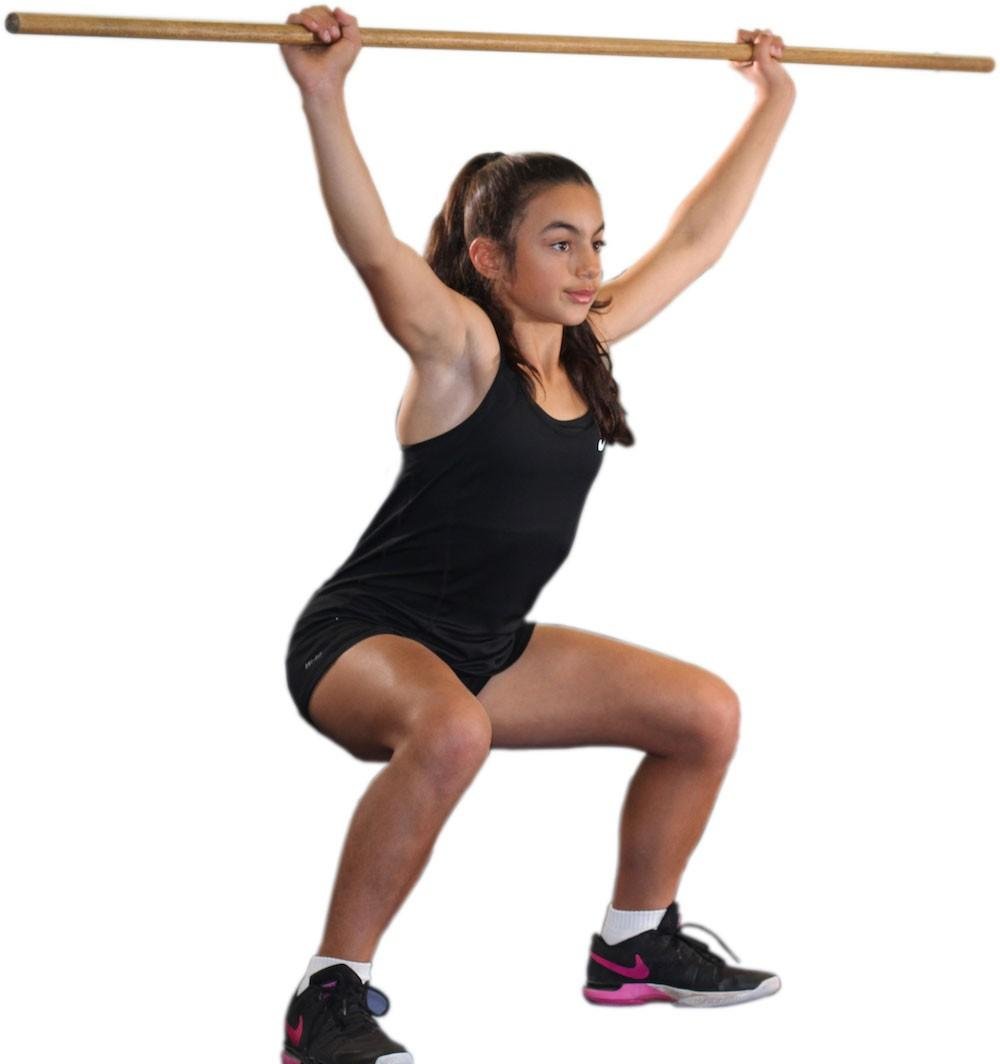
Evaluating Movement Patterns for Injury Prevention: Keeping Young Athletes Safe
In the world of youth athletic development, safety is paramount. While striving for peak performance is a common goal, ensuring the well-being of young athletes is equally crucial. One essential component of this equation is the evaluation of movement patterns. In this blog post, we will delve into the pivotal role of movement pattern evaluation in preventing injuries among youth athletes. We will also explore common movement pattern issues, and share two real-life case studies, Athlete A1 and Athlete A2, to illustrate the effectiveness of injury prevention measures.
The Role of Movement Pattern E
The Role of Technology in Strength Assessment: Unveiling Athletes' Potential
In the ever-evolving world of youth athletic development, staying ahead of the curve is crucial. One of the game-changers in this quest for excellence is the integration of technology into strength assessments. This blog post explores the pivotal role of technology in modern strength assessments for youth athletes. We will delve into the invaluable data and insights that technology can provide, how it aids in designing highly individualized training programs, and discuss the remarkable results achieved through technology-driven assessments.
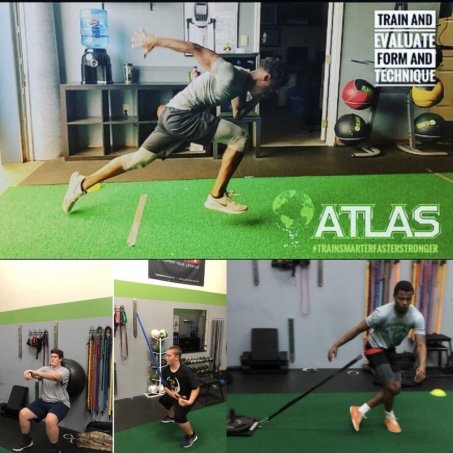
Neuromuscular Mastery: The Key to Youth Athletic Development
In the pursuit of athletic excellence, youth athletes face a unique challenge: harnessing the power of neuromuscular adaptation. At Atlas Performance Training, we recognize that this neurological phenomenon is the cornerstone of athletic development. In this blog post, we'll explore the vital importance of neuromuscular adaptation in young athletes, the training methods and principles that drive this process, and the life-changing outcomes it brings to those who embrace it, as well as the potential negative consequences for those who neglect it.
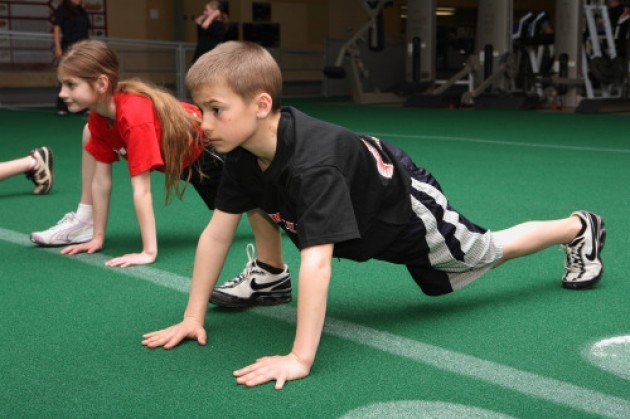
The Importance of Joint Mobility for Injury Prevention for Youth Athletes
As a health and performance coach dedicated to nurturing the potential of young athletes, we understand that their well-being is paramount. One of the key elements that often goes unnoticed but plays a critical role in their journey to success is joint mobility. In this blog, we will delve into why joint mobility is not just an option but a necessity for young athletes, discuss common joint-related injuries in youth sports, provide practical exercises and routines to enhance joint mobility, and highlight how this can significantly reduce the risk of injuries such as ACL tears, High Ankle sprains, Hip injuries, and Shoulder injuries.

Unleashing the Need for Speed: Developing Linear Speed for Field Sports
In the realm of field sports such as football, lacrosse, soccer, and baseball, linear speed is a game-changer. Athletes who can accelerate rapidly in a straight line possess a distinct advantage. Atlas Performance Training understands the pivotal role of linear speed and, in this blog post, we will delve into the specifics of developing this crucial attribute. We'll provide insights into training methods and coaching principles that enhance linear speed and emphasize how proper technique and form can significantly impact an athlete's performance on the field.
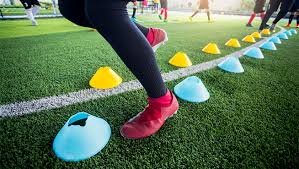
Navigating the Maze: Agility Drills for Smooth Direction Changes in Sports
In the world of sports, agility is the secret weapon that allows athletes to navigate complex scenarios with grace and precision. The ability to change directions swiftly is a game-changer, and Atlas Performance Training understands its significance. In this blog post, we will highlight the importance of agility drills in enhancing an athlete's ability to change directions swiftly. We'll present a range of agility training methods and drills tailored to different sports and explain how improved agility can have a positive impact on overall athletic performance.

Crafting Champions: Age-Appropriate Training for Adolescent Athletes
Adolescence is a crucial phase in a young athlete's journey towards excellence. At Atlas Performance Training, we understand that training during this period should be as unique as the athletes themselves. In this blog post, we'll explore the importance of age-appropriate training for adolescents, focusing on their physical and mental development. We'll also showcase our 11 years of expertise in tailoring coaching to the specific needs of youth athletes on their Long Term Athletic Development (LTAD) journey.

Flexibility Routines for Unleashing Athletic Excellence
At Atlas Performance Training, we understand that flexibility is the cornerstone of an athlete's success. In this blog post, we will delve into the vital relationship between flexibility and athletic performance. We'll provide comprehensive flexibility routines tailored to basketball, football, soccer, volleyball, rowing, and baseball. Additionally, we'll highlight how improved flexibility not only enhances sports-specific movements and agility but also plays a crucial role in injury prevention.

Speeding Sideways: Building Horizontal Speed for Lateral Excellence in Basketball and Soccer
In the dynamic world of sports like basketball, volleyball, and soccer, mastering horizontal speed is a game-changer. Athletes who can move quickly and efficiently laterally gain a significant advantage. Atlas Performance Training recognizes the importance of horizontal speed in these sports and, in this blog post, we'll dive into its significance. We'll describe training strategies that focus on improving lateral speed and agility, and we'll discuss specific movements and exercises that can enhance an athlete's ability to change direction quickly.
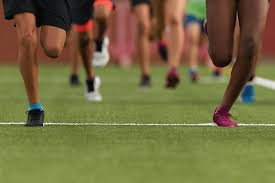
Speed Training Fundamentals for Young Athletes: Tailoring for Sports Excellence
As a dedicated coach at Atlas Performance Training, we understand the crucial role that speed plays in the success of young athletes. Whether they are aspiring basketball players, football stars, soccer enthusiasts, volleyball champions, rowing contenders, or baseball prodigies, speed is a fundamental aspect of their athletic journey. In this blog post, we will explore the foundational principles of speed training for young athletes, emphasizing its importance in sports performance. Additionally, we will delve into how speed training can be tailored to specific sports to meet the unique demands of each, and we will highlight training techniques and drills suitable for young athletes to enhance their speed and quickness.

Tracking Progress Through Strength Assessments: Maximizing Offseason Gains
In the world of youth athletic development, progress is the name of the game. It's not just about working hard; it's about working smart. One essential tool in this journey towards excellence is the use of strength assessments. In this blog post, we will explore the vital role of strength assessments for youth athletes, the types of assessments commonly used, how progress tracking informs training adjustments, and provide inspiring examples of athletes who achieved remarkable gains through proper physical assessment and tailored training programs.

Weightlifting at a Young Age: Pros, Cons, and the Right Approach
The appropriate age for a child to begin a weightlifting program is generally around 7-8 years old. However, it's crucial to note that this age can vary based on individual factors, including physical maturity, emotional readiness, and proper supervision. Children should only engage in weightlifting under the guidance of qualified coaches who specialize in youth training.

Identify Core Muscular Weaknesses and Strength Imbalances to Tailor Training Programs for Athletic Excellence
In the realm of youth athletic development, the pursuit of excellence extends beyond honing skills and perfecting techniques—it hinges on understanding the significance of identifying core muscular weaknesses and strength imbalances. This blog post embarks on a journey to explore the pivotal role that recognizing these physical limitations plays in enhancing athletic performance among young athletes. We'll delve into methods for pinpointing these issues, delve into customized training approaches aimed at addressing individual core weaknesses and strength imbalances, and illustrate the remarkable transformations young athletes can achieve through targeted training.

Mastering the Game: Balancing Skill and Strength in Youth Athletic Development
In the world of youth sports, success isn't just about perfecting a jump shot or scoring a goal; it's also about building a solid foundation of physical strength and stability. At Atlas Performance Training, we recognize the importance of striking a delicate balance between honing sports skills and developing physical prowess. In this blog post, we'll explore the top five ways athletes benefit from this holistic approach to training and how it plays a crucial role in injury prevention.

The Road to Greatness: Long Term Athletic Development in Youth Sports
In the world of youth sports, success is not just about winning today's game; it's about nurturing young athletes for a lifetime of achievement. At Atlas Performance Training, we understand the profound significance of a structured and long-term approach to athletic development for our young athletes. In this blog post, we will delve into why Long Term Athletic Development (LTAD) is the cornerstone of future athletic success and how it fosters lifelong healthy habits.

Progressive Overload in Strength Training for High School and Middle School Athletes
Progressive overload is a fundamental concept in strength training that plays a crucial role in enhancing athletic performance, regardless of an athlete's age. For high school and middle school athletes, understanding and implementing progressive overload can be a game-changer. In this blog post, we'll explore the concept of progressive overload, its positive effects on athletic performance, and provide practical strategies for young athletes to safely and effectively incorporate it into their training routines. Additionally, we'll highlight the critical role of consistency in achieving strength gains.
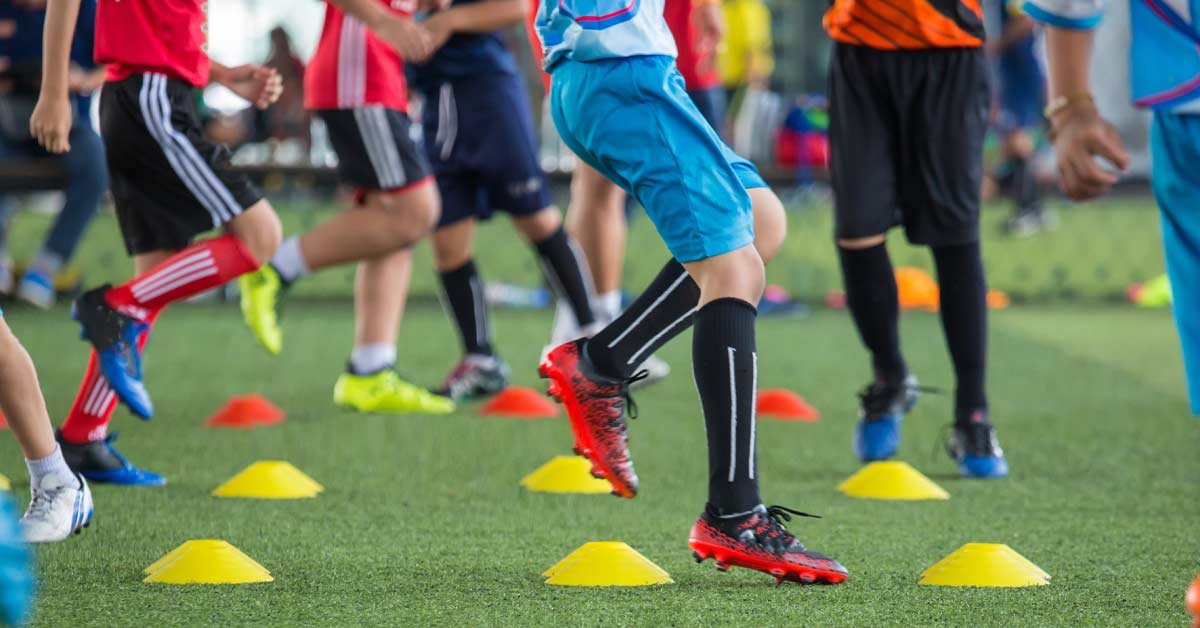
Building Champions: Periodization and Progression in Youth Athletic Development
Youth sports are more than just games; they are a journey of growth, development, and achievement. At Atlas Performance Training, we recognize that the path to athletic excellence involves careful planning and structured training. In this blog post, we'll delve into the concept of periodization and its critical relevance in youth sports. We'll also explore periodized strategies for developing the athletic abilities of young athletes and the transformative outcomes achieved through this structured approach.

Lifting Up Young Athletes: Power, Precision, and Performance
Weightlifting, when introduced correctly, can be a valuable component of a well-rounded training program for youth athletes aged 12-17. Emphasizing movement proficiency over heavy weights is paramount in this age group, as it ensures safety and maximizes strength development. In this blog post, we will discuss the importance of introducing weightlifting to young athletes with a focus on proper techniques, injury prevention, and how weightlifting contributes to functional strength and improved athletic performance.

Building Strength Safely for Teen Athletes
Strength training is a cornerstone of athletic development, and it holds particular significance for adolescent athletes. During this critical phase of physical growth and development, proper strength training can have a profound impact on athletic performance, injury prevention, and overall well-being. In this blog post, we will delve into the importance of strength training for teen athletes, explore safe and effective training methods, and emphasize the crucial role of supervision and technique correction.
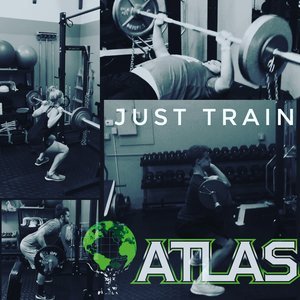
Specific Health and Performance Training For Athletic Development
All great gains and achievements on the field and or court of play are made possible when athletes chose to dedicate themselves to the process of developing the work ethic needed to achieve their goals in the offseason, and between seasons if they are multi-sport athletes to compete and win in the regular and post-season. The four areas of focus mentioned above should be the foundation of any comprehensive training program. There may be other elements that could be included but for the sake of time, I chose to focus on these 4 elements that have shown results for my clients over the years. Let’s also keep in mind that this process is for the long-term growth and development of the athlete and there is no such thing as a quick and easy path to improving the physical and mental development of a youth athlete. Any youth training program should have the long-term development of the athlete in mind, and address all areas that will improve their physical and mental performance…..
